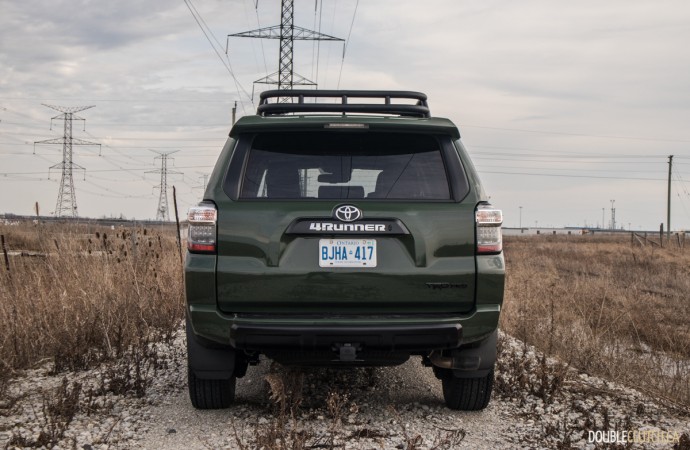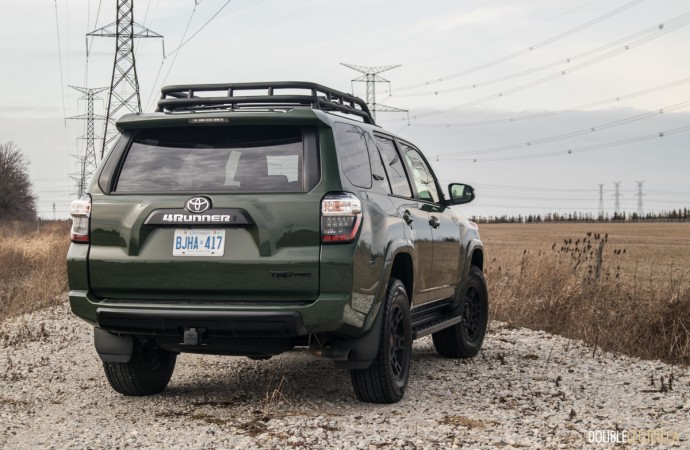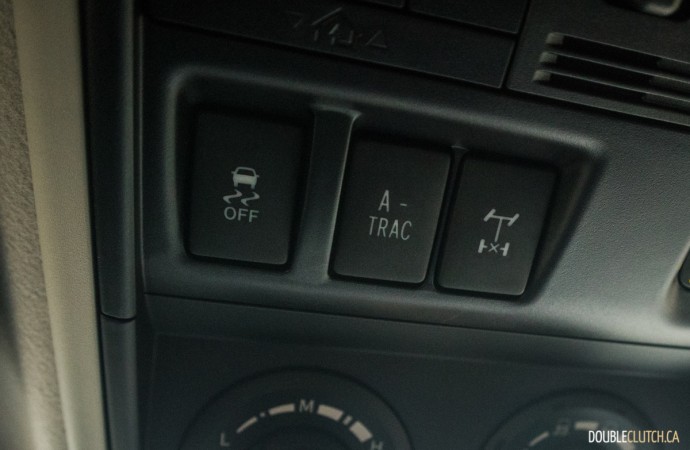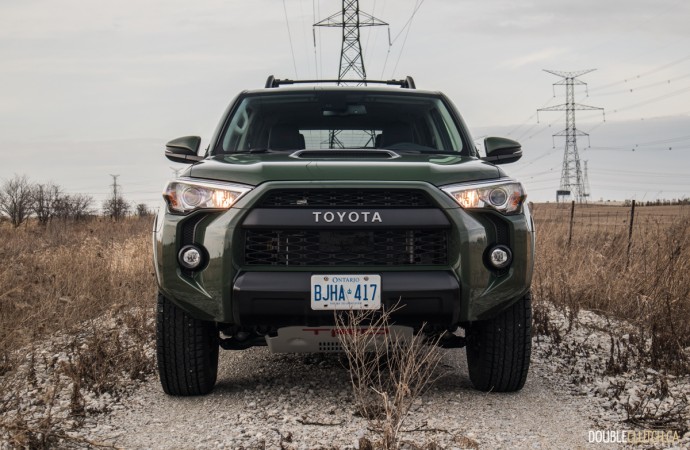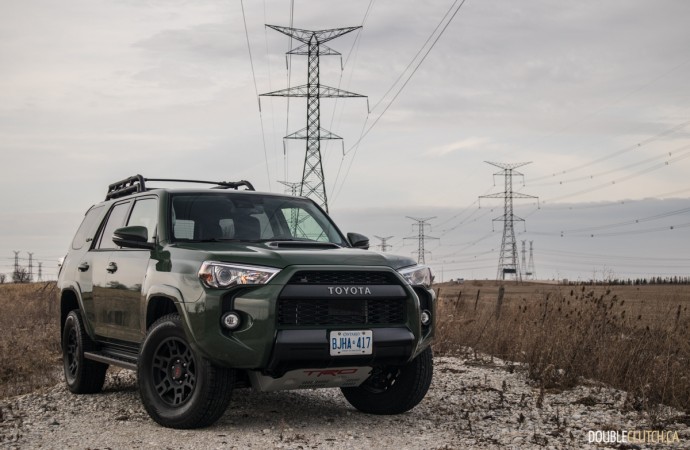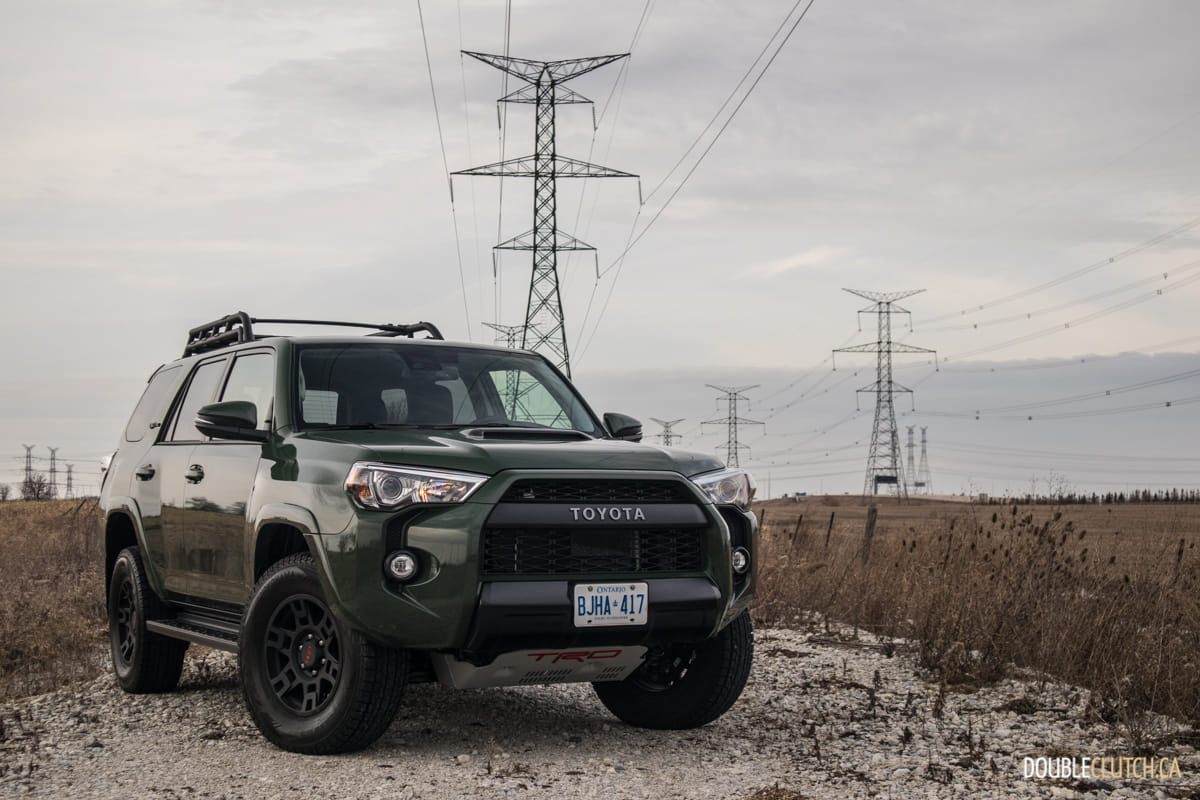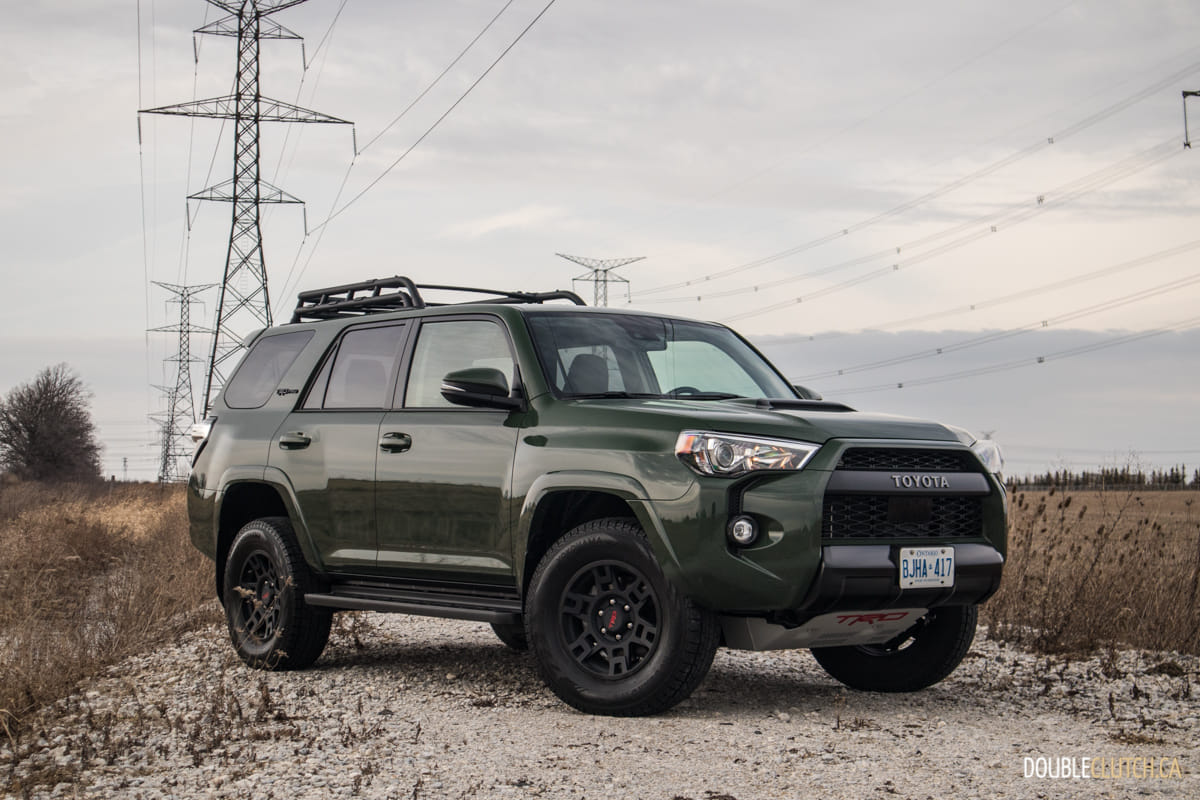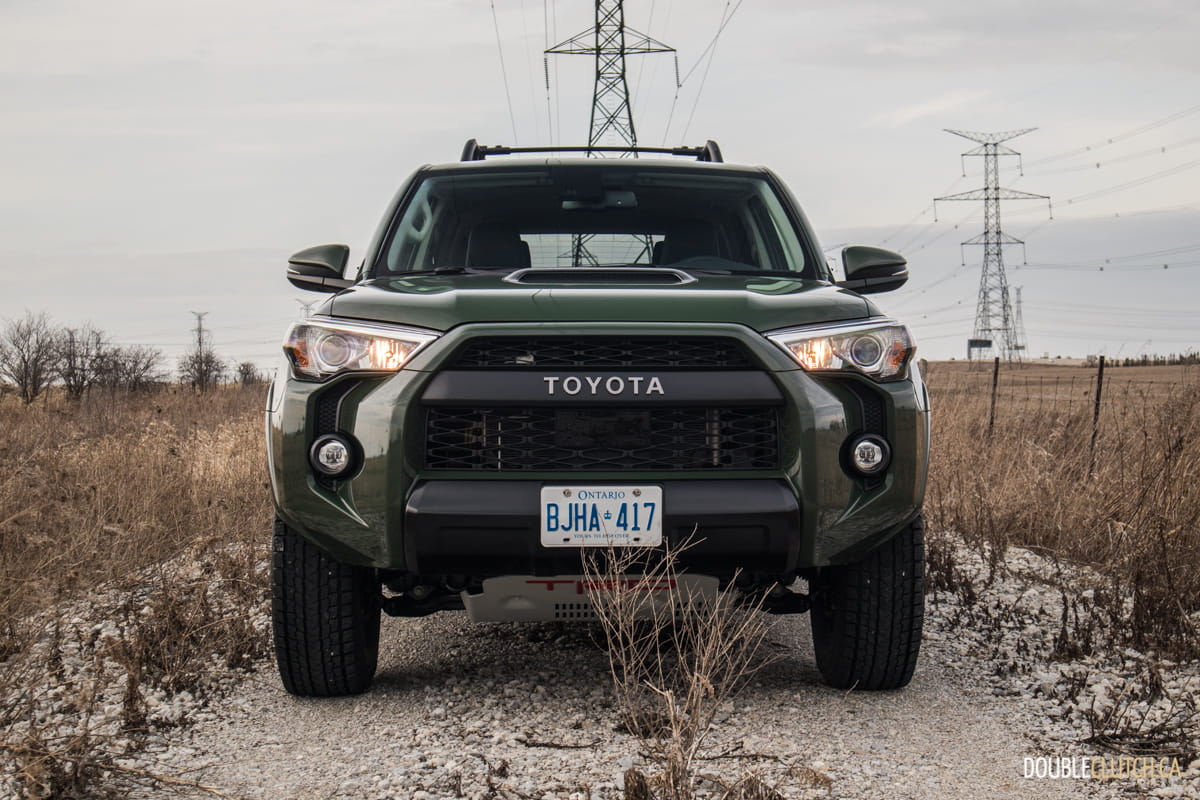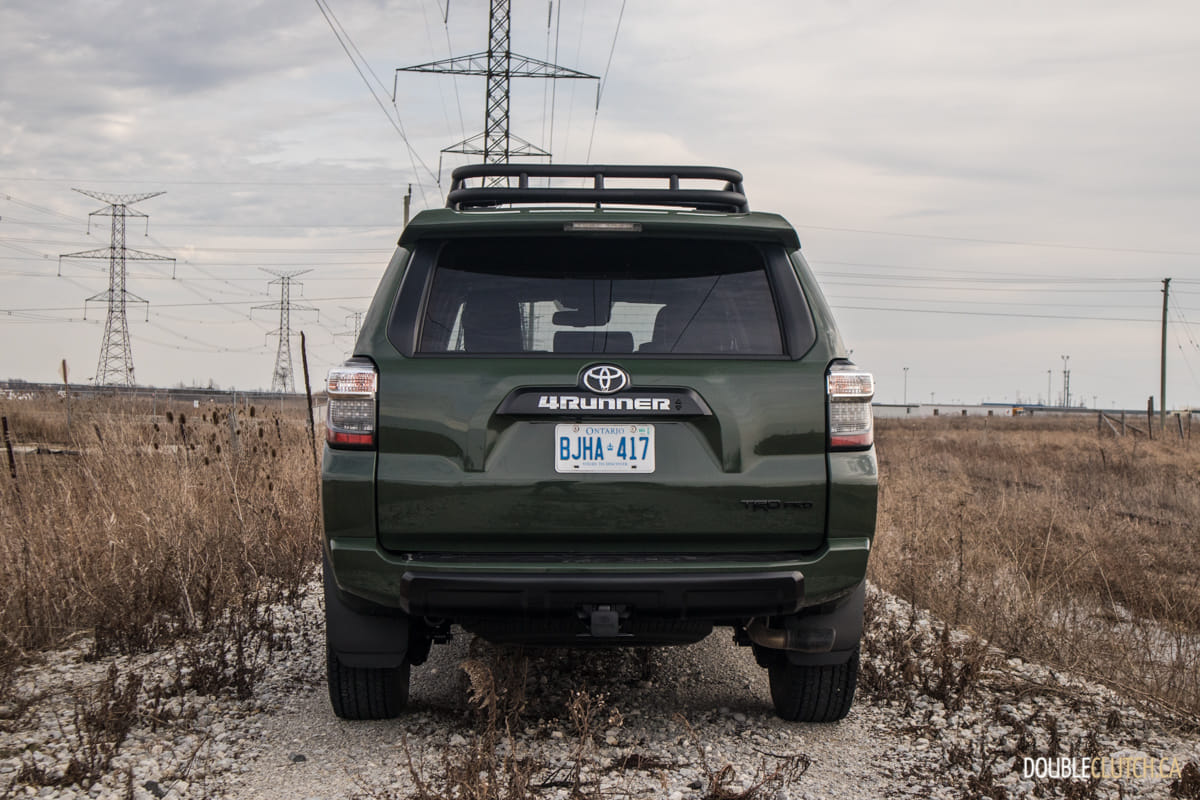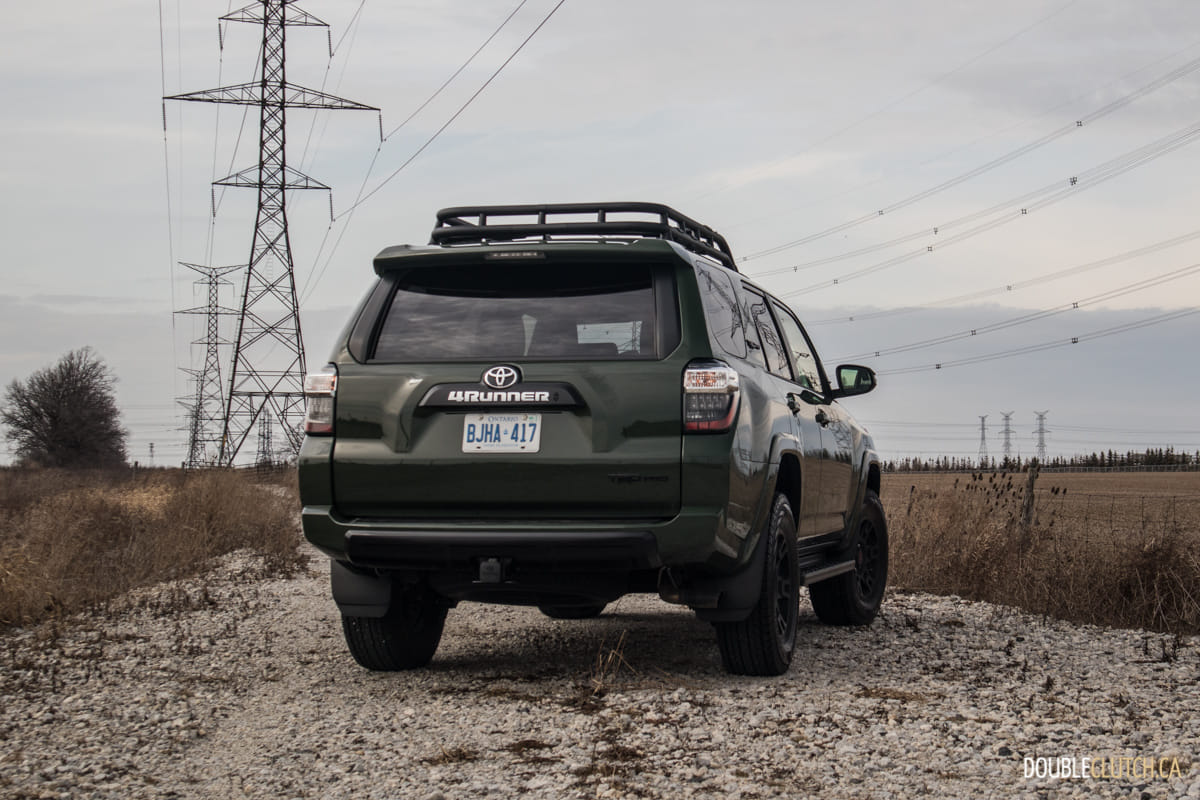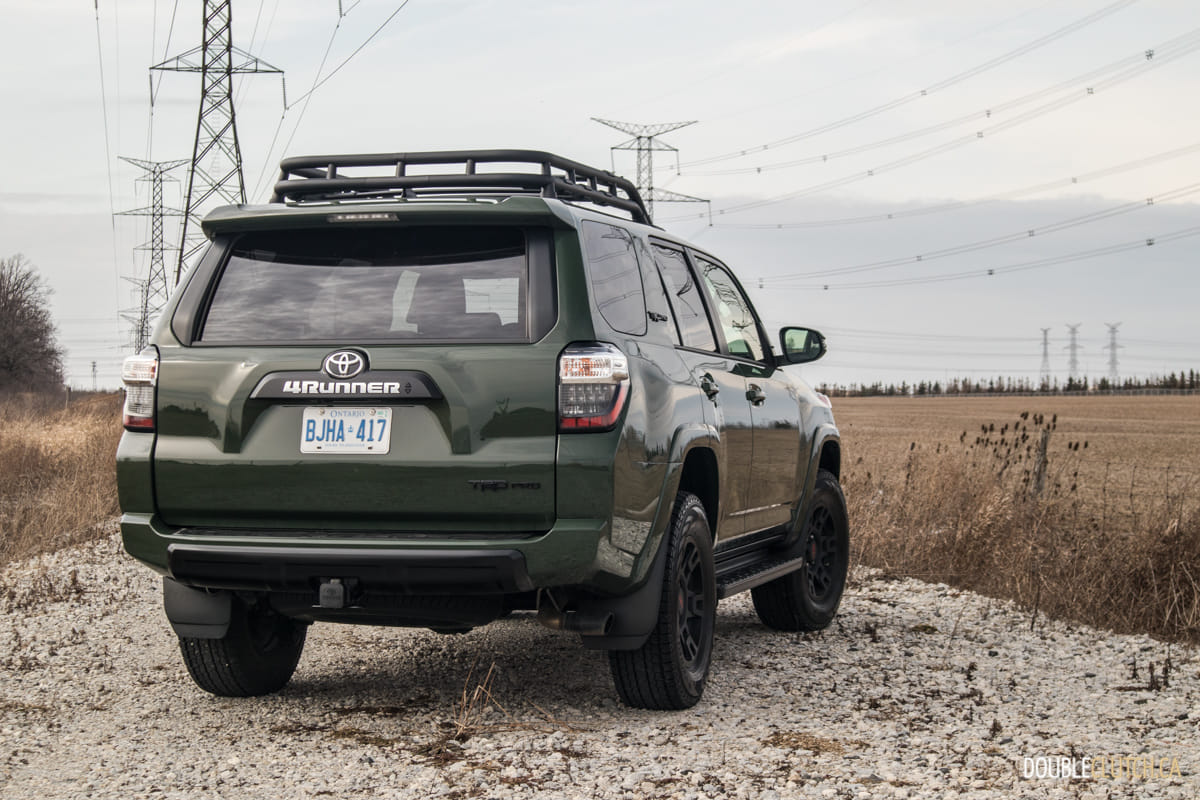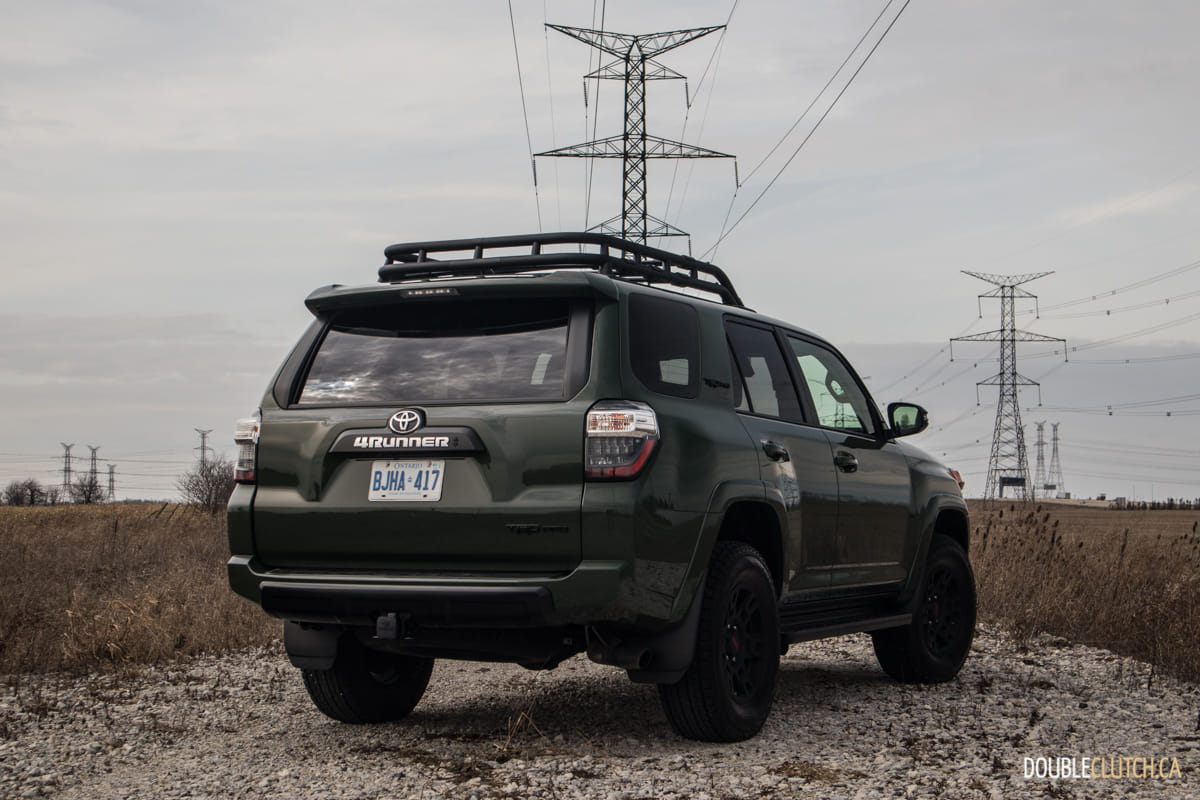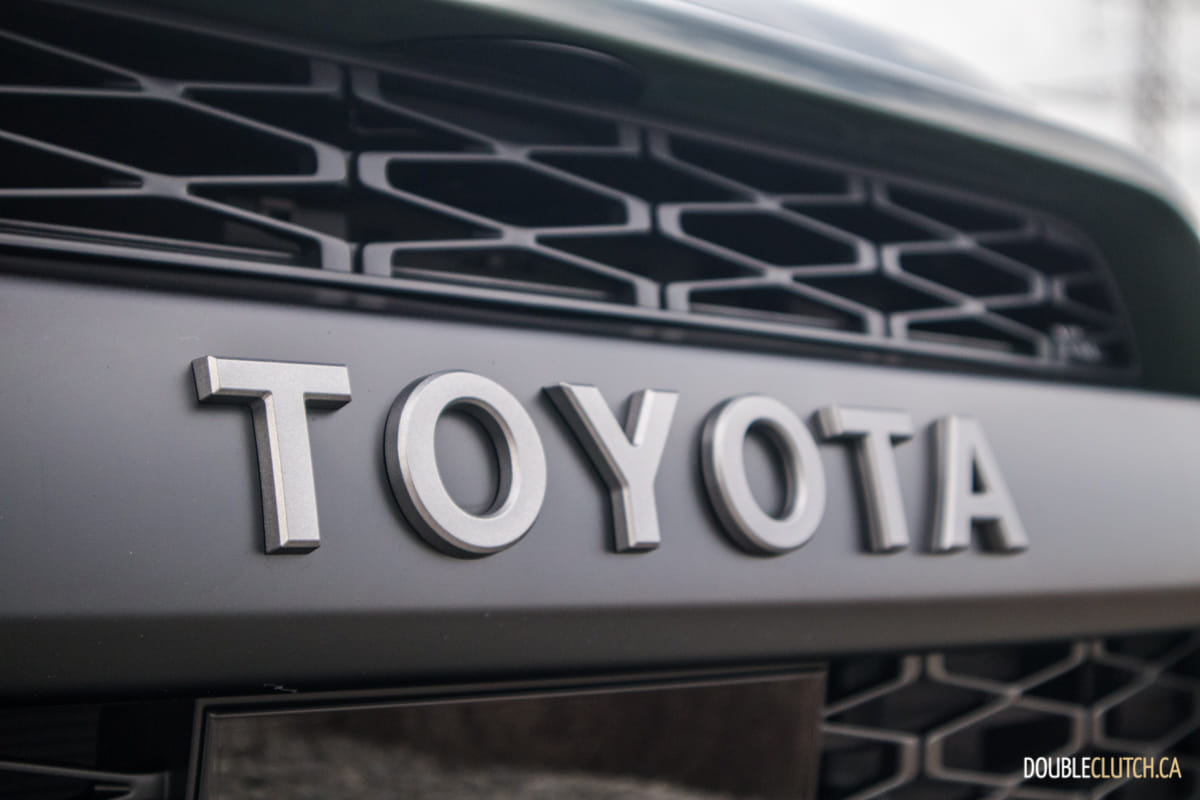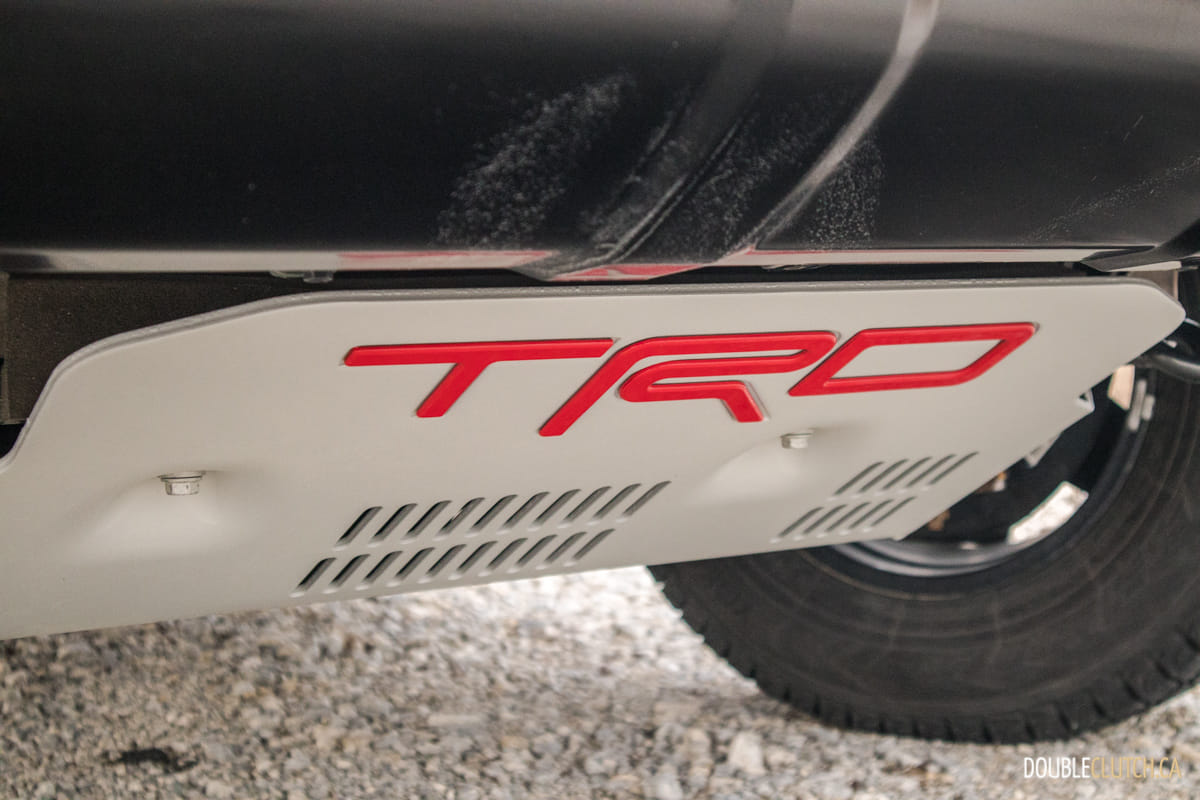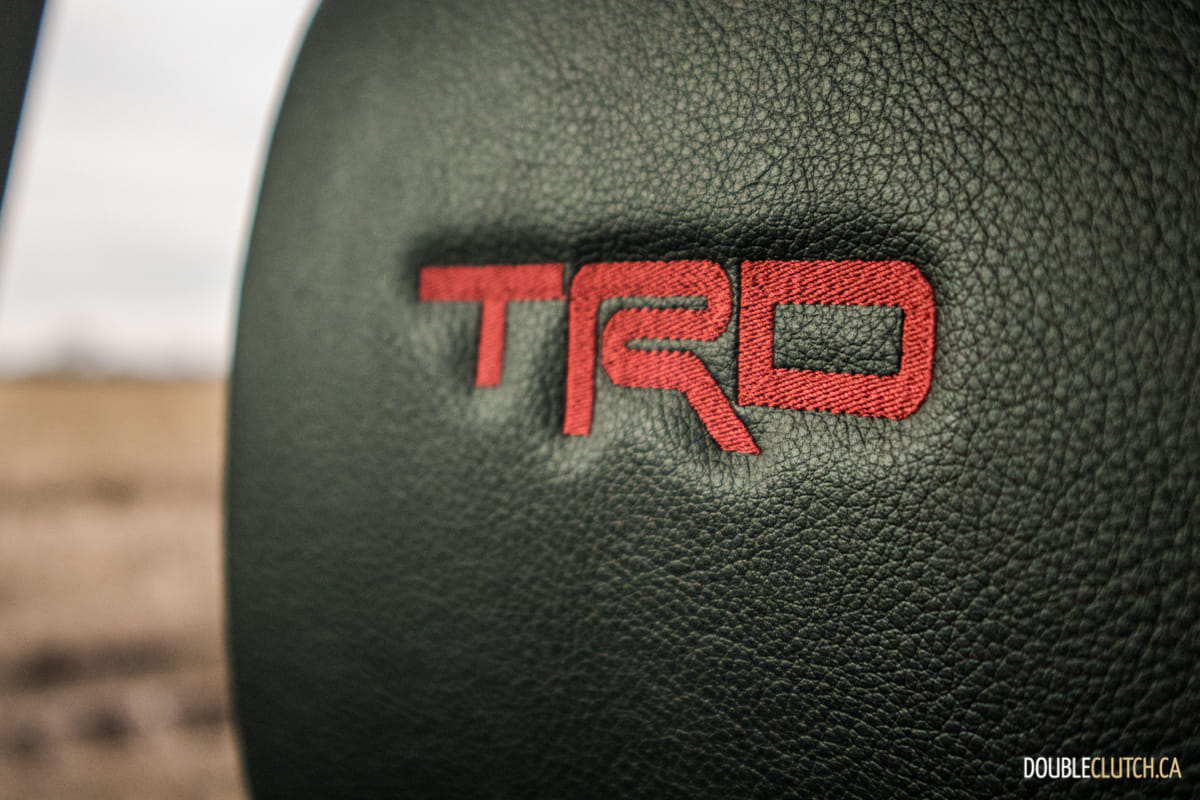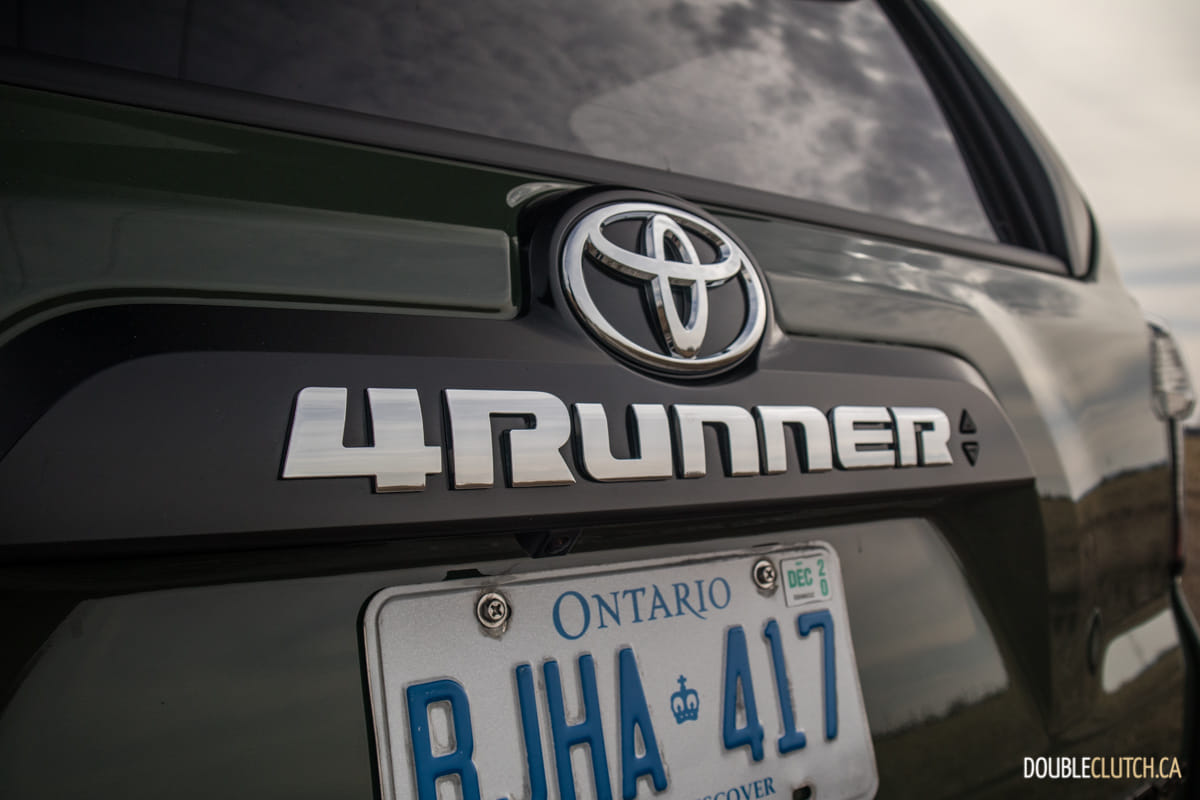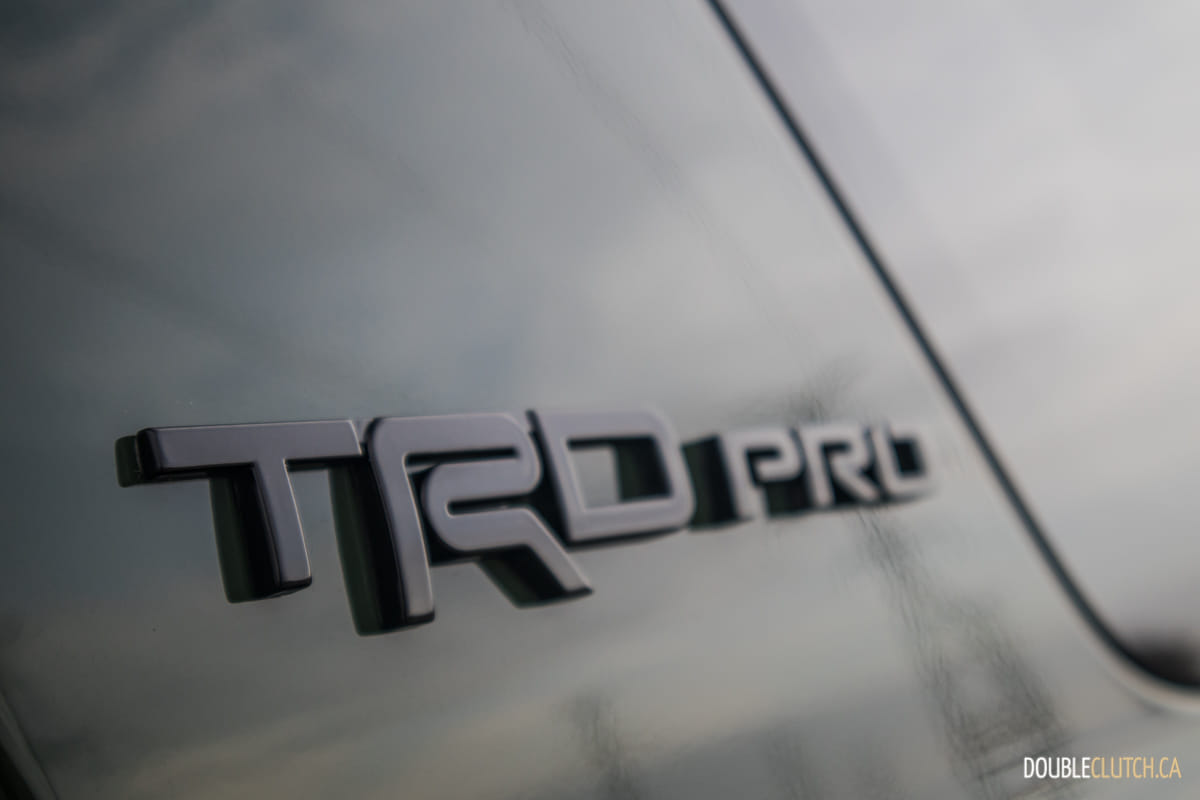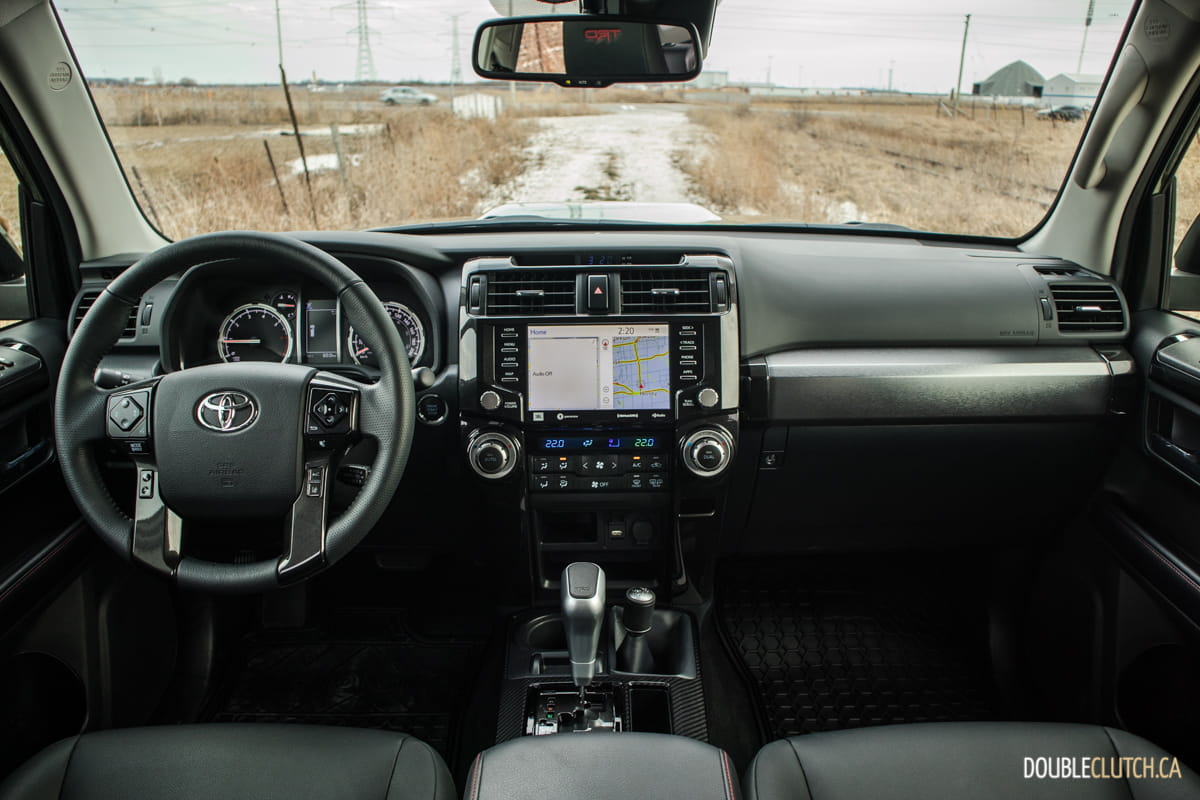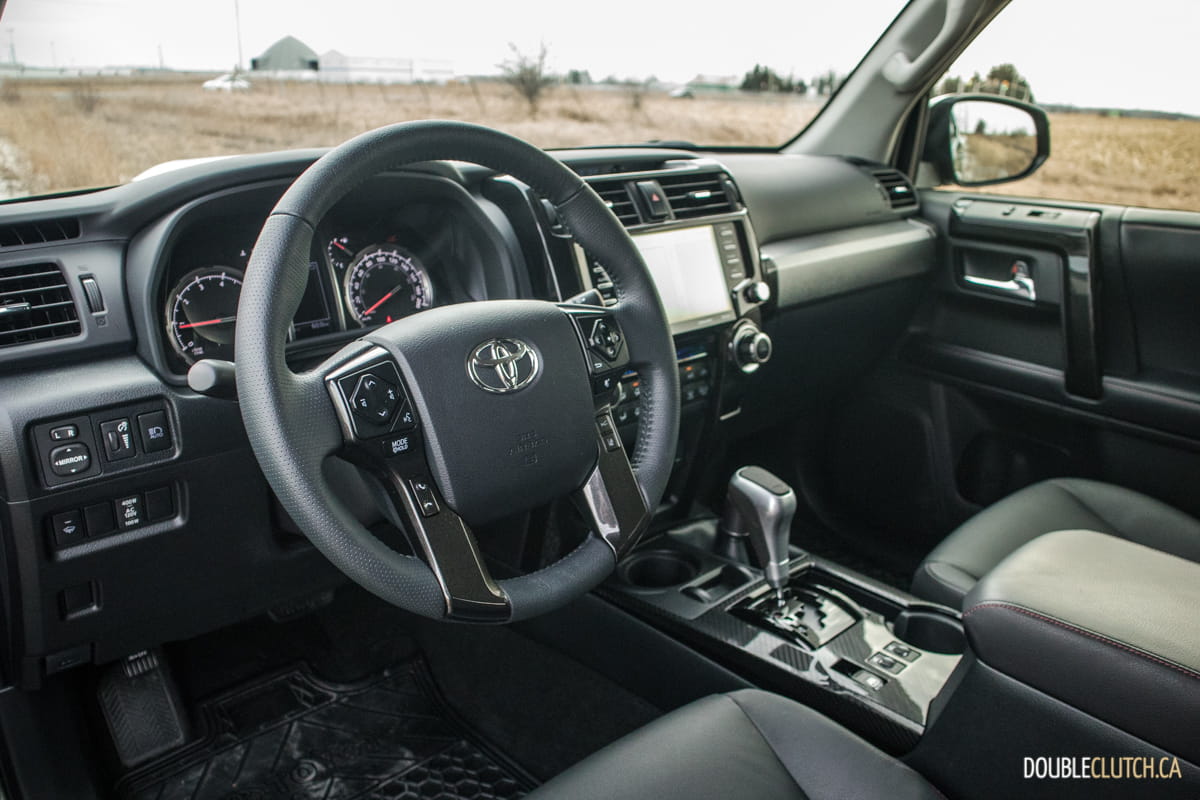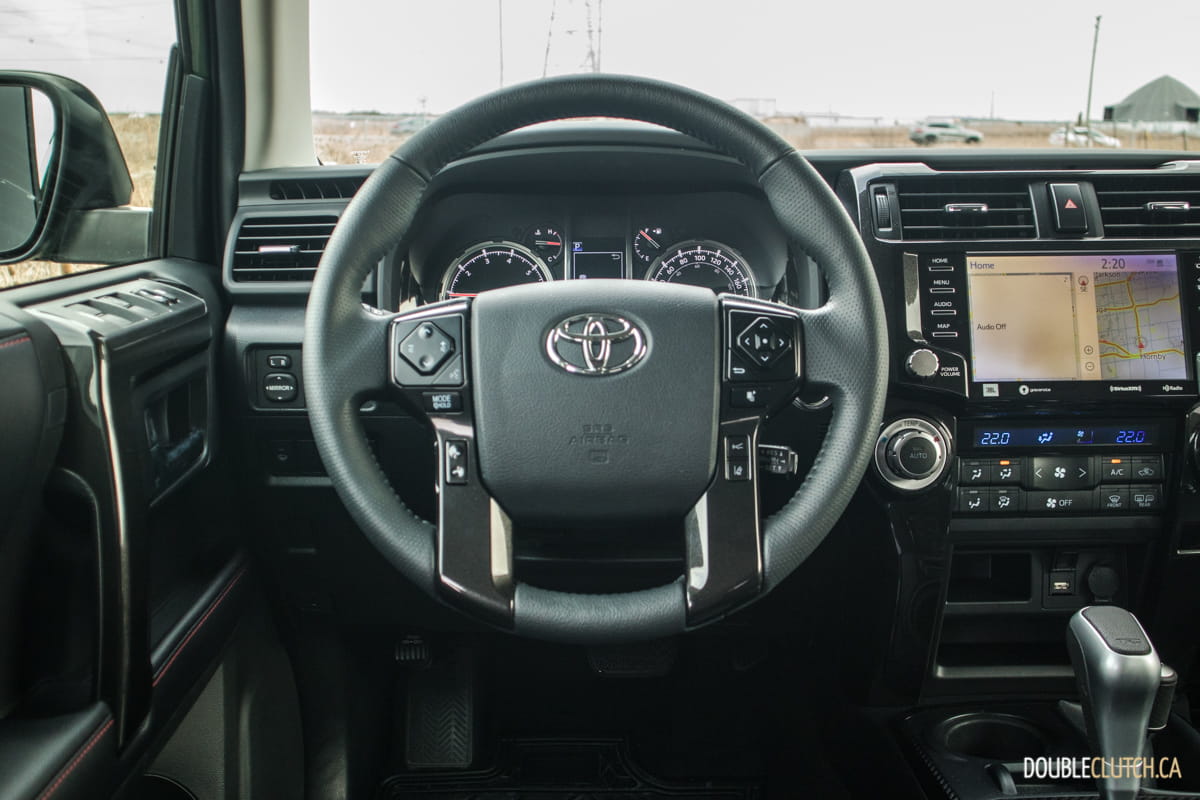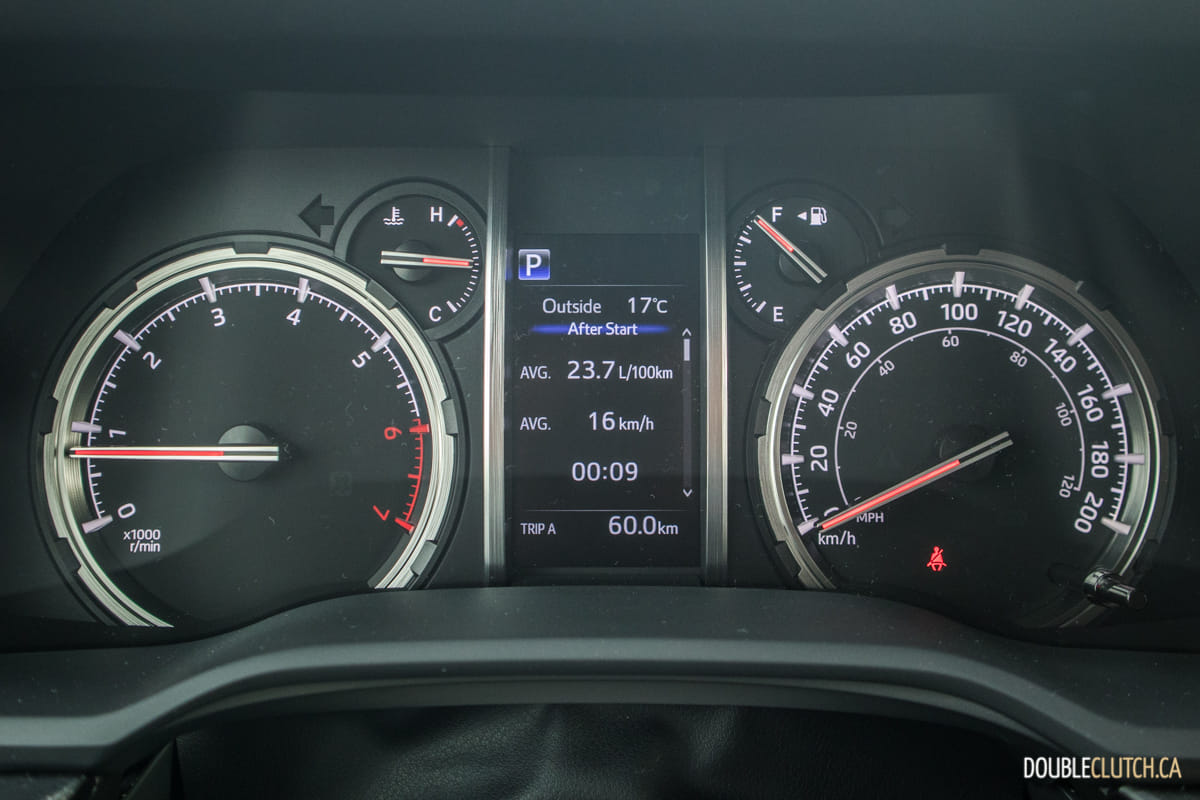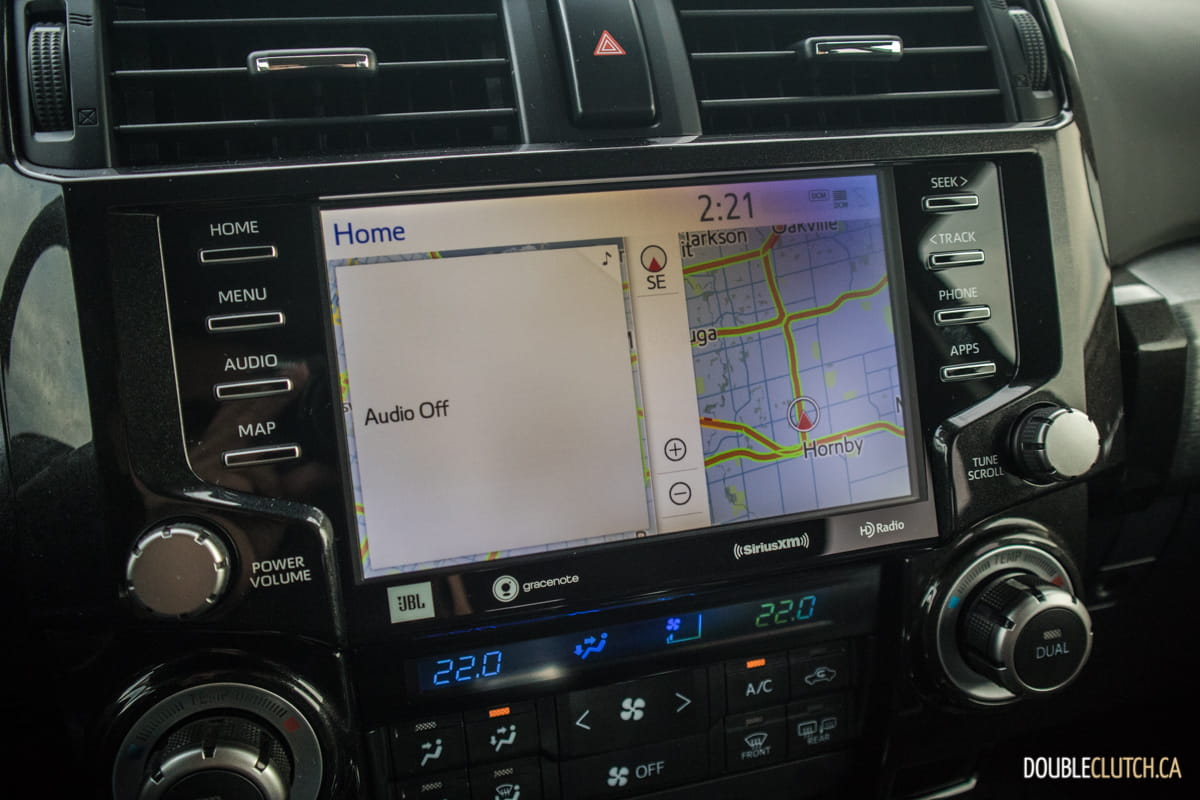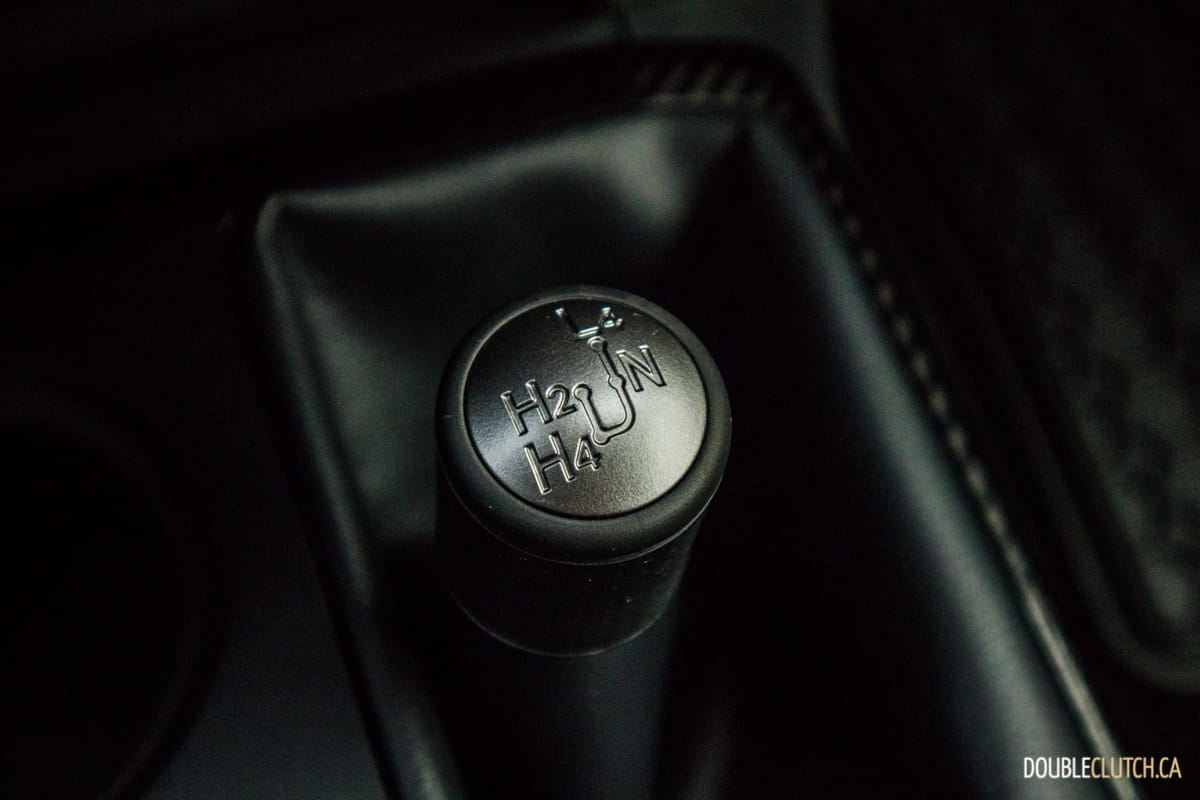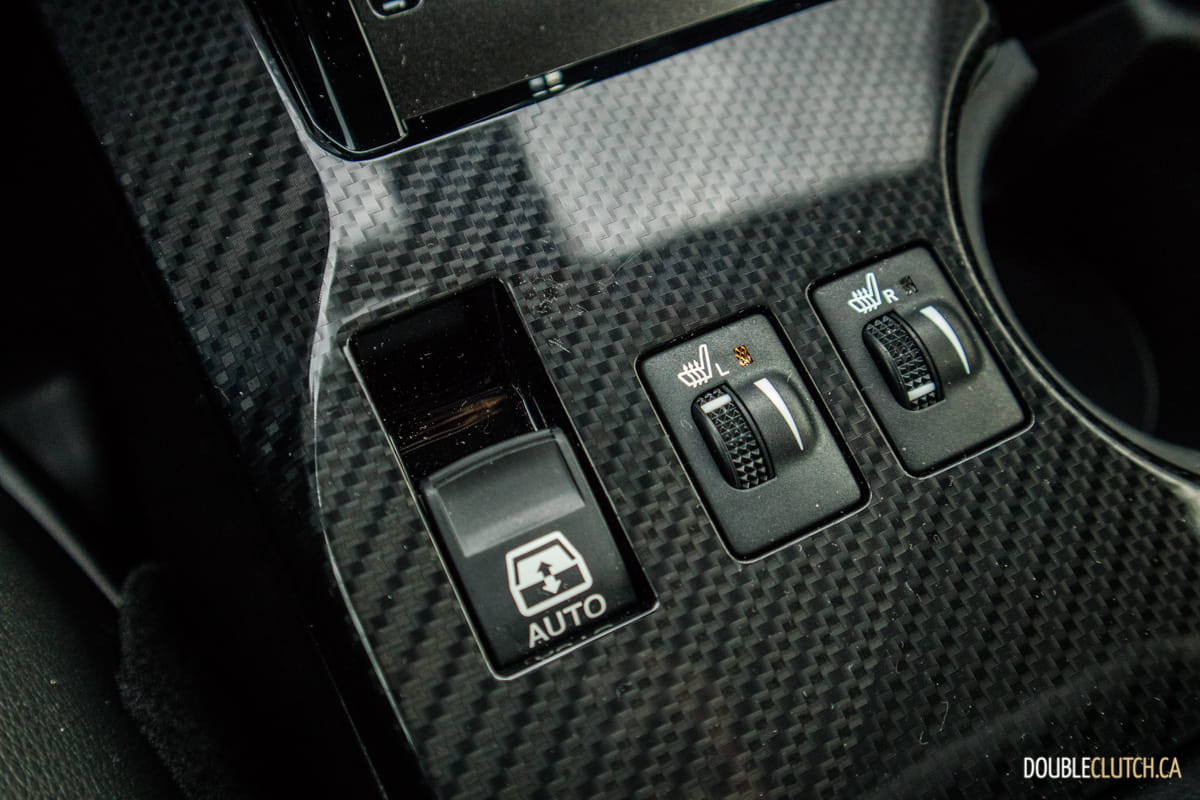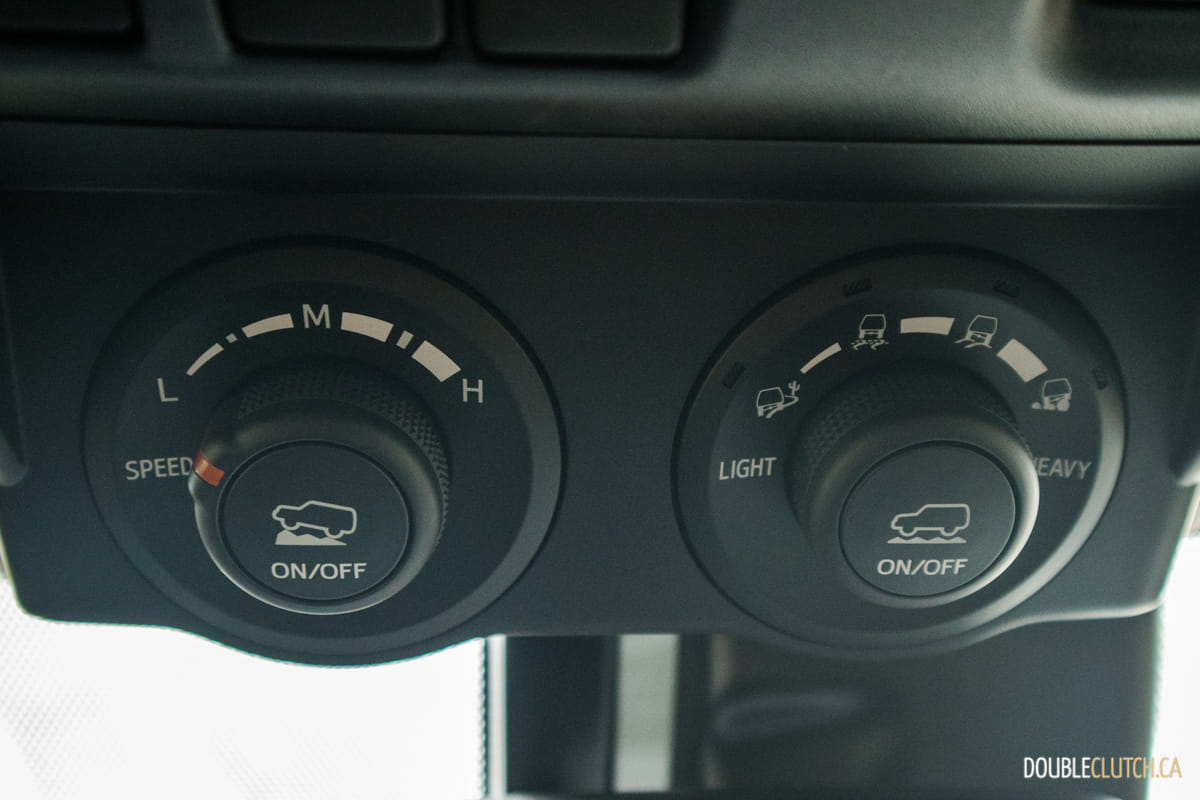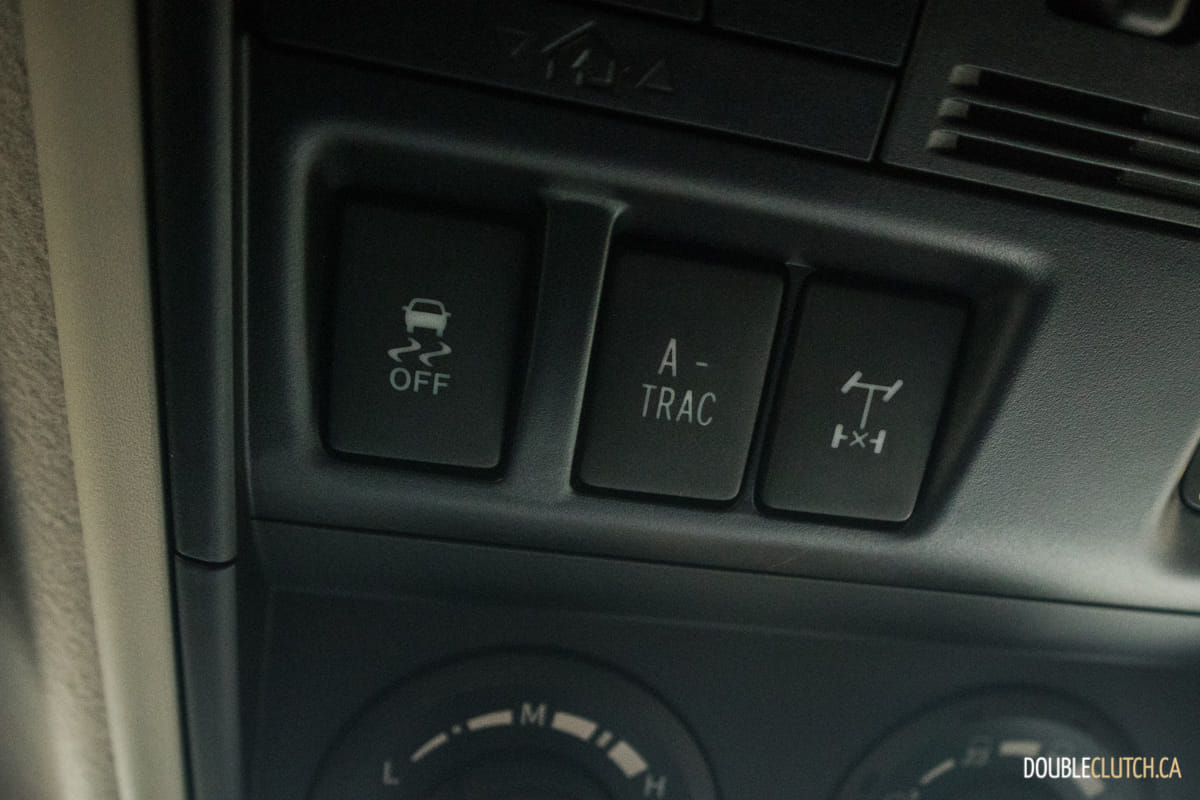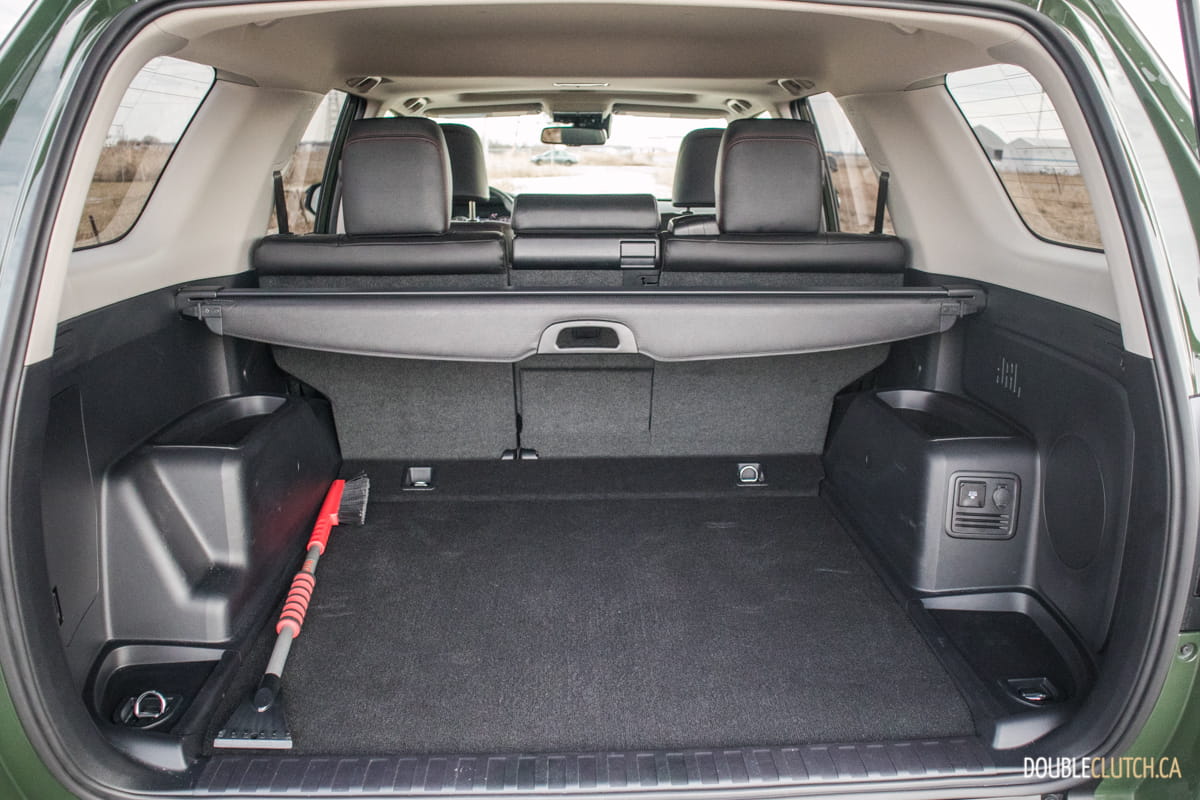The Toyota 4Runner, in production since 1983, is now in its fifth generation. It hasn’t seen a major redesign since 2009, running on the N280 chassis that’s over a decade into its life cycle. Minor refreshes, trim updates and an infusion of somewhat modern technology have kept the body-on-frame sport-utility relevant enough to sell, but there’s no way to hide its overall age. This year saw yet another minor update, so we jumped into a 2020 Toyota 4Runner TRD Pro to evaluate just where it stands in today’s marketplace.
Though critics and outlets like ours will continue to complain about the 4Runner’s age, Toyota still sells every single one they make, most right at their suggested retail price without any discounting or incentives. The 4Runner still remains a high theft risk due to its popularity with exporters. From a design perspective, Toyota has opted to stick with the “if it ain’t broke, don’t fix it” motto, maintaining the SUV’s iconic and rugged proportions. The Army Green paint is new for 2020 and the launch colour for the new TRD Pro models, and the 4Runner has been fitted with a bunch of outdoor goodies including a basket roof rack, running boards, and matte-black 17-inch wheels.
A 4.0-liter V6 powers all North American 4Runner models, outputting 270 horsepower at 5,600RPM and 278 lb-ft. of torque at 4,400RPM. A five-speed automatic sends power to all four wheels through a part-time four-wheel-drive system. This engine is by no means quick, logging 0-100km/h sprint times close to eight seconds consistently. It’s adequate for the truck, though with newer technology and refinement having made leaps and bounds since the 4Runner was last redesigned, this engine feels more dated than it is.
TRD Pro models also get a rather loud performance exhaust system, which sounds substantial at city speeds and gives the 4Runner some added presence. However, spend any extended period of time on the highway and the drone becomes a nuisance. The 4Runner rides fairly well given its body-on-frame setup, and the Fox shocks on the TRD Pro give it some added capability. Other features on this model include the Multi-Terrain Select with Crawl Control, a locking rear differential, and A-TRAC (Active Traction Control).
All of this comes together to create a vehicle that does drive very well as expected from a Toyota truck, with on-road confidence that is well above average for the segment. We had a two-door Wrangler Rubicon on test at the same time, and while the Wrangler does have its strengths, its short wheelbase causes it to skip around the road, while the 4Runner demolishes mileage like it owns the road. One feature we would like to see implemented immediately is LED or projector HID headlights, as the halogens equipped here are unacceptable for night driving in rural areas.
Toyota Canada rates the 4Runner’s fuel consumption at 14.3L/100km city and 11.9L/100km highway, operating just fine on 87-octane fuel. Our test consisted of average driving habits in winter conditions, also running on beefy winter tires. We averaged 15.0L/100km over approximately 500km driven, significantly worse than the city rating suggests. The massive 87-liter tank helps ease the blow a little bit, as drivers will be able to go extended periods without needing to frequently refuel.
Toyota has also updated the 4Runner’s interior a little bit for 2020, adding some necessities to keep it relevant in today’s age of technology. The touchscreen infotainment system is now compatible with Apple CarPlay and Android Auto, though the USB port on our test vehicle had become quite loose in just 4,000km, interrupting the connection regularly. Dual-zone automatic climate control is also now on board, along with push-button start and Toyota’s Connected Services with Safety Connect and Remote Connect.
The overall design of the interior is focused on remaining rugged, true to the 4Runner’s overall motto. Knobs and buttons are all high quality plastic, with everything being simple to use and clearly marked. The seats are very comfortable and supportive, with plenty of space for front and rear passengers. One staple feature that the 4Runner’s competitors all lack is the power sliding rear window. We had one gorgeous day during our test, and opening the rear window and sunroof made for a beautiful early spring breeze.
The standard 4Runner starts at $48,120, with the TRD Pro package coming in at $14,000, for an as-tested total of $62,120 before destination and taxes. Aside from the off-road gear, the package adds a power sunroof, smart key, dual-zone automatic climate control, remote start, Softex seats, and a 15-speaker JBL sound system. The beefy wheels and tires, basket-style roof rack, and running boards are included as well. The 4Runner TRD Pro comes in a smidge cheaper than a comparable Jeep Wrangler Rubicon (reviewed here).
While the Toyota may not be nearly as modern as the Wrangler which was redesigned just last year, it holds its value exponentially better, and will also prove to be much more reliable in the long run. The Wrangler does offer more off-road capability and flexibility such as a removable roof and doors, but if you’re looking strictly for longevity and preservation of value, the 4Runner is the no-questions-asked default choice here.
If you’re looking for a family crossover that’s smooth in operation, and packed with all of the latest technology, this is not that. The 2020 Toyota 4Runner TRD Pro is a lot of things, but being modern isn’t one of them. The thing is – 4Runner buyers don’t care about its shortcomings in the slightest bit, and will continue to buy them in droves. This is a vehicle you buy because you’re looking for an SUV that will likely get you through an apocalypse, and come out unscathed. Oh yeah, and even if the world ends, somehow the 4Runner will have retained most of its value.

